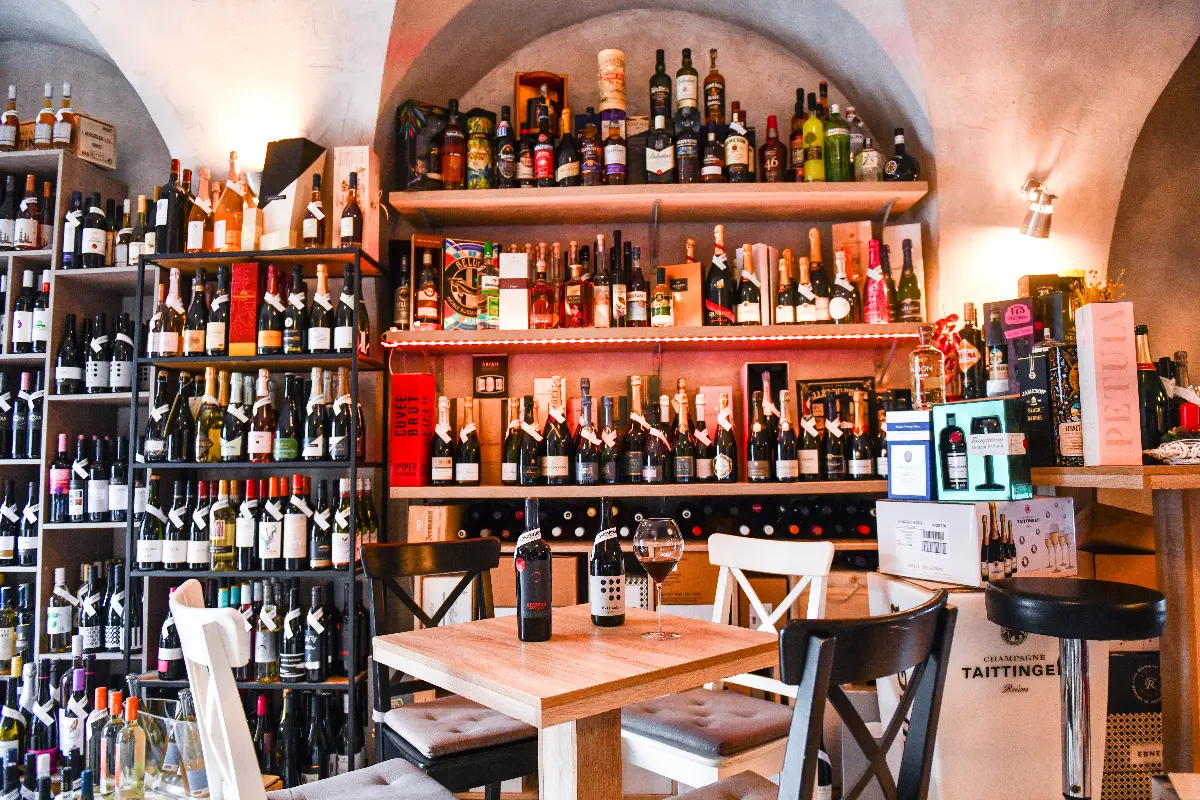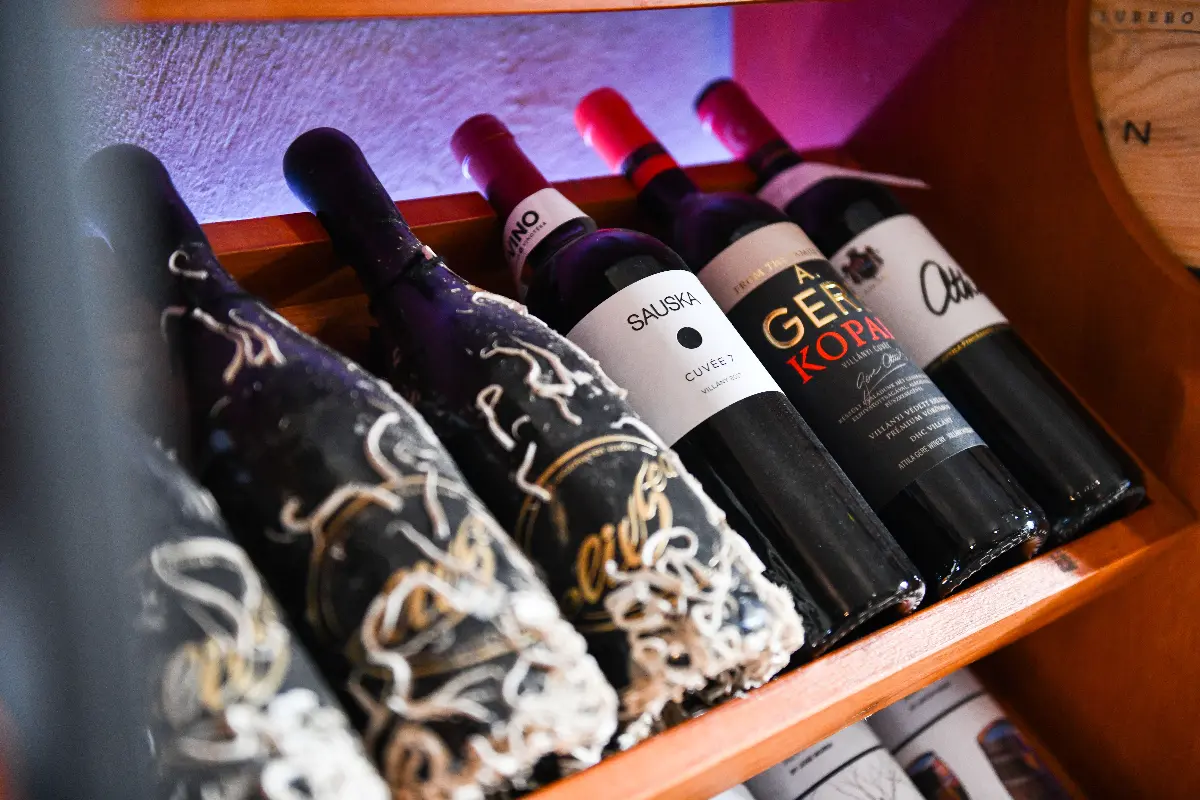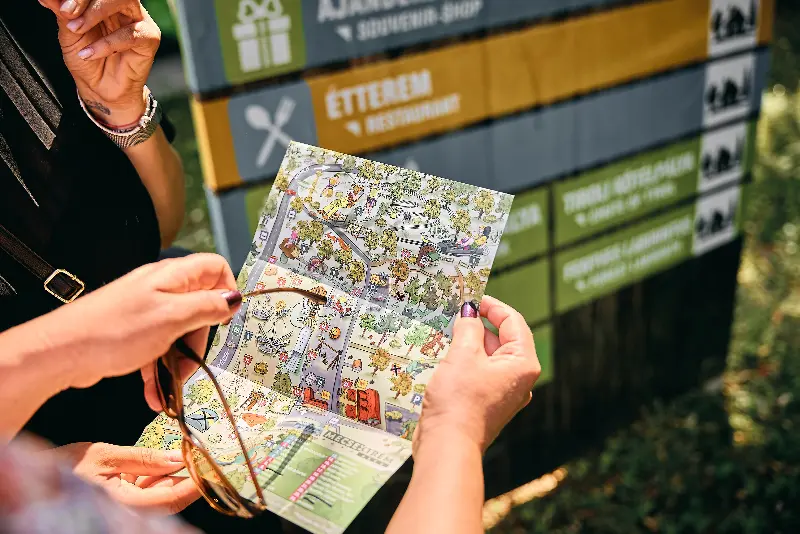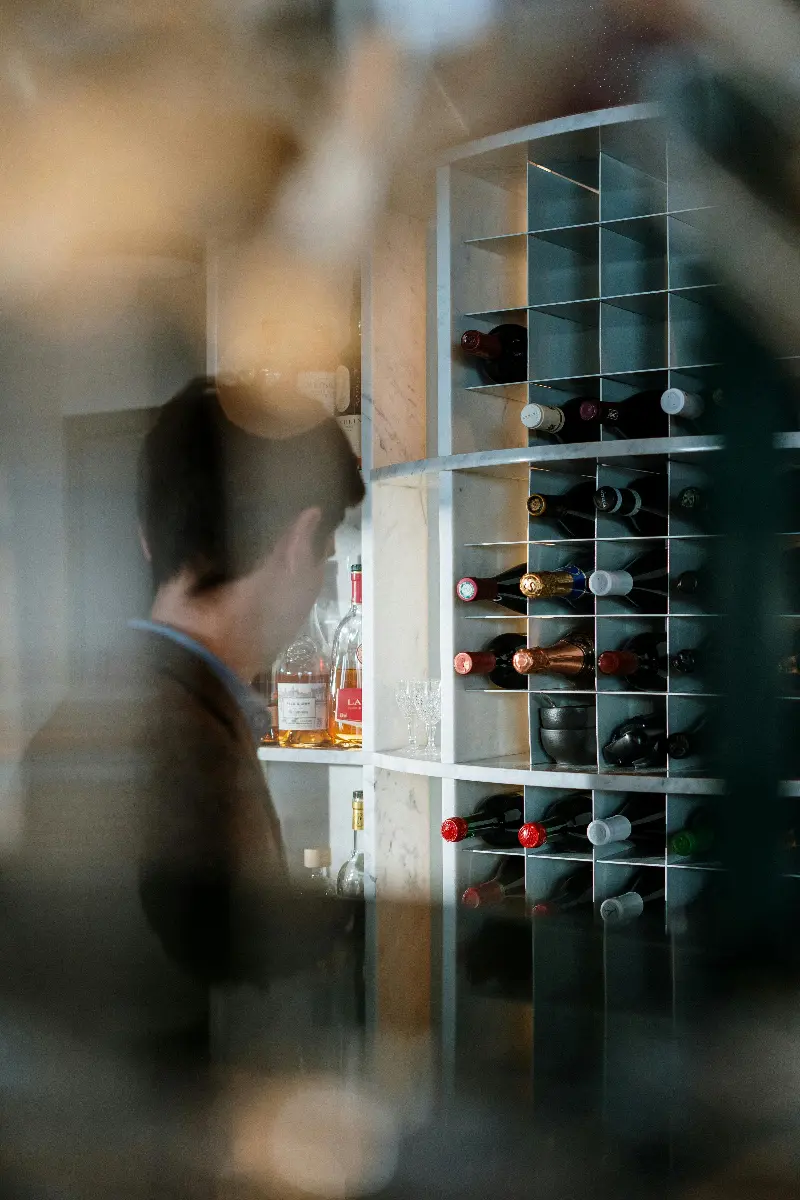
Helyszín címkék:
The bubbly face of the grape, or welcome to the world of sparkling drinks!
Szabó Sára
What is the bubble made of?
In order to understand the world of sparkling, alcoholic beverages, especially to be able to distinguish between the different variations, it is worth first getting into the shoes of a winemaker. Lilla Rácz, who has been making grower champagne for about 15 years, helps with this. This concept means that winemakers supervise and cultivate the vineyard themselves, and carry out the entire champagne-making process themselves. The result is a small amount of but extremely high quality champagne.

"To put it briefly: after the harvest, sooner or later, must is produced from the grapes, which turns into wine in such a way that alcohol is formed from the sugar content of the grapes through fermentation. Thanks to the special yeasts, as the alcohol content in the drink increases, the sugar content decreases. As fermentation begins, two byproducts are produced: heat and carbon dioxide. When we make still wine, we release the carbonic acid during the process, and when we want to achieve a bubbly end result, we keep the carbonic acid during fermentation," explains Lilla Rácz.
Aerated and sparkling wines
Distinguish between aerated and sparkling wines, as carbonation does not occur naturally in these drinks. The winemaker makes the base wine in the way described above, but the by-product carbonic acid is released during fermentation - as it would be in a still wine. Before bottling, the base wine is cooled - because carbon dioxide is best saturated at 2-3 degrees Celsius - and then the carbon dioxide is returned from an external source, using a diffuser, i.e., it is "absorbed". During the process, the drink becomes bubbly again in a controlled quantity and under controlled pressure and only after that, the winemaker bottles the wine through a closed system.
Champagnes, or the méthode traditionnelle
Drinks that are naturally carbonated are produced using méthode traditionnelle or méthode ancestrale methods. When fermentation begins in the must, at a specific density or residual sugar content, the winemaker bottles the wine in pressure-resistant glass so that the final stage of fermentation takes place in the bottle. This way, the by-product – carbonic acid – remains in the bottle. These drinks are also known as pétnat, which comes from the French phrase pétillant naturel, meaning naturally sparkling.

In Hungary, the latest decree on the detailed rules of grape and wine production, which defines what can be called pétnat, natural wine or producer's champagne, entered into force in 2021.
The greats of the world: Prosecco, Cava and Champagne
Prosecco is the most widely produced sparkling wine in the world. The name of the drink also means a geographical indication, because Prosecco can only be made in Italy, in the Prosecco wine region, from a specific grape variety, Glera.
"The geographical area, the grape variety, and even the technology, which is a champagne-making process in tanks, the Charmat method, are given. The end result is a light, fragrant, low-alcohol, typically sweetened factory product. It is easy to love, you do not need to become an expert to taste it. On top of all this, due to the large-scale production, its price is also low, so one of the favourite alcoholic beverages of Italians, the embodiment of the true dolce vita feeling of life, is widely available", says Lilla Rácz.
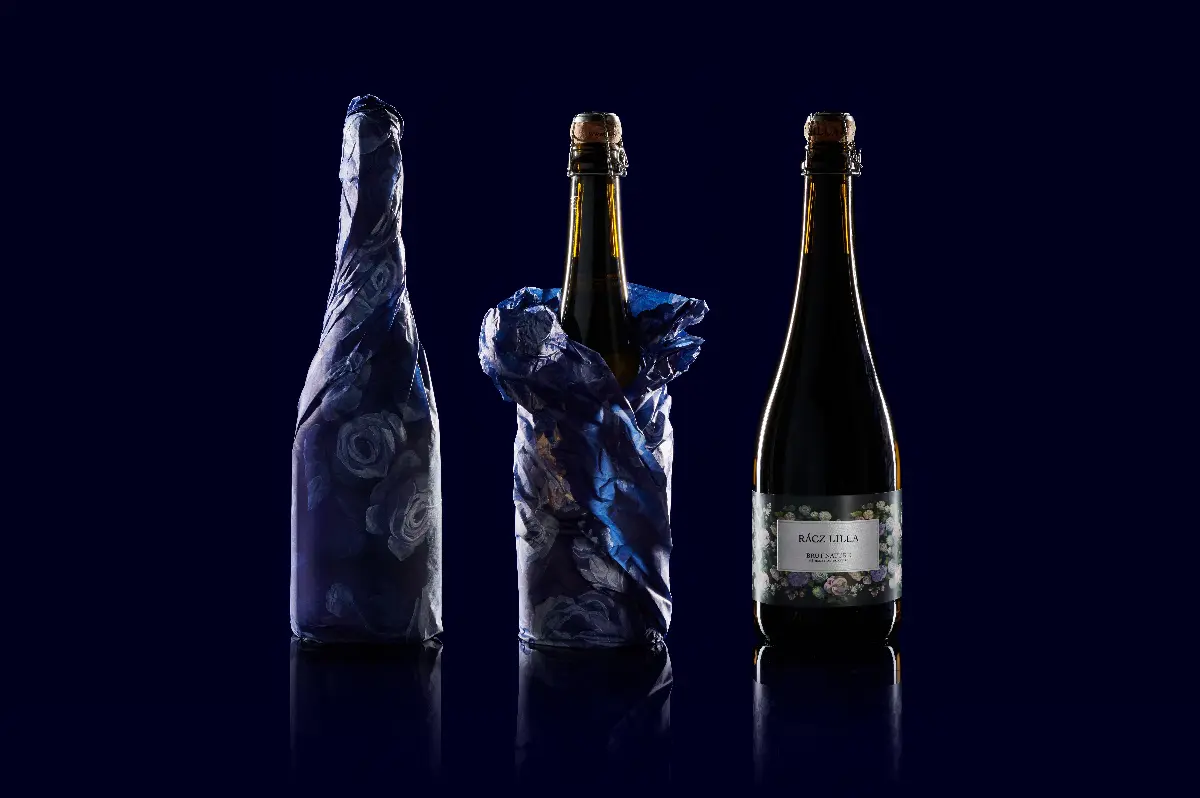
The Spanish champagne, Cava, also deserves a few lines when we talk about carbonated alcoholic drinks. As with Prosecco, in the case of Cava, the drink is typically made from an own local grape variety, using the méthode traditionnelle method, bottle fermentation, and longer aging. Although both Prosecco and Cava are large-scale drinks, in recent years both in Italy and in Spain there has been a demand for producers to enter the quality market. Rarely, but you can come across bottle-aged Prosecco products and quality Cavas made without the addition of sweeteners (concentrated must).
Last but not least, we must not leave out the French, who are at the forefront of champagne production. Champagne - which is also not only a hallmark of the drink, but also a wine region - is a sparkling drink produced in a specific region, using specific varieties and technology. Champagne is made from three grape varieties: Chardonnay, Pinot Noir and Pinot Meunier with long aging in huge champagne houses, with a tradition of hundreds of years. It is no coincidence that one of the world's most iconic alcoholic drinks belongs to the French.
Relearning the bubbly ones
The first Hungarian champagne was bottled in Sümeg at the beginning of the 19th century, then the domestic champagne production became significant in Törley in Budapest and in Littke Champagne factory in Pécs.
"Unfortunately, the socialist system almost completely erased the know-how from the side of the producers and the demand from the side of the consumer. I believe that eradicating bad habits is an extremely slow, intergenerational process, and I also have an important role in the educational work. On the one hand, the bubblers are emerging, and on the other hand, they represent the revival of centuries-old traditions," says Lilla Rácz.
Where should we turn?

According to the winemaker, general sophistication and a critical approach are also very important in the world of bubbly drinks, but if you are looking for safe spots, you will be in good hands at the Borista tasting room and delicatessen in Sárvár, the Kettesben Wine shop & more in Balatonkenese, the Tastevino Borbár in Sopron and the tasting room of Lilla Rácz in Siklós!


